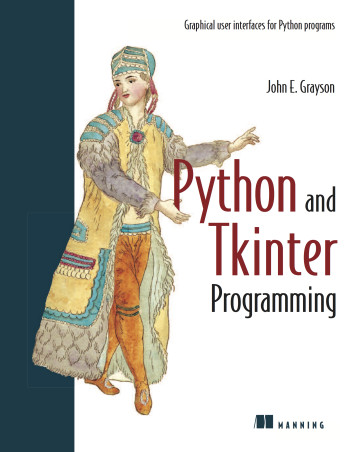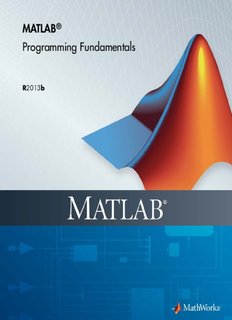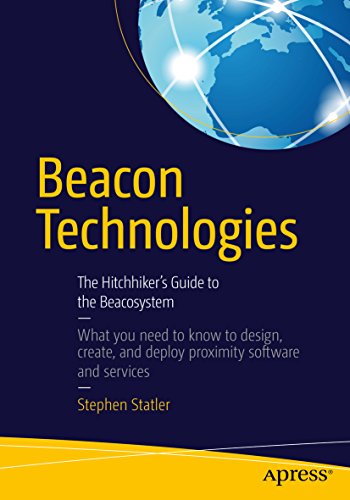Description
Understanding data structures is fundamental to becoming a proficient programmer and software developer. “Data Structures with Java” provides a comprehensive and in-depth exploration of core data structures and algorithms explicitly designed for Java programmers. This book bridges the gap between theory and practical implementation, offering beginners and experienced developers the knowledge and tools to develop efficient, high-performance applications.
Key Topics Covered:
- Introduction to Data Structures and Algorithms: Start with the basics of data structures and algorithms, understanding their importance in computer science and software development. Learn about the principles of time and space complexity, Big O notation, and how to evaluate the efficiency of different algorithms.
- Java Programming Basics for Data Structures: A quick refresher on Java programming fundamentals, including object-oriented programming concepts, generics, exception handling, and Java Collections Framework, all essential for understanding and implementing data structures.
- Arrays and Strings: Discover the fundamental data structures of arrays and strings. Learn to manipulate and optimize these structures for various use cases, including sorting, searching, and multi-dimensional arrays.
- Linked Lists: Dive into the concept of linked lists, including singly linked lists, doubly linked lists, and circular linked lists. Understand how to implement these data structures in Java and explore their advantages, limitations, and practical applications.
- Stacks and Queues: Learn about stack and queue data structures, their implementation, and use cases such as expression parsing, undo operations in text editors, and task scheduling. Understand different types of queues, including circular, priority, and deque (double-ended).
- Recursion and Backtracking: Master the concept of recursion and how it relates to various data structures. Explore practical examples, such as solving puzzles (e.g., Sudoku, N-Queens problem), and understand the importance of backtracking algorithms in problem-solving.
- Trees and Binary Trees: Explore tree data structures, starting with basic concepts like nodes and edges and advancing to binary trees, binary search trees (BST), AVL trees, and red-black trees. Learn how to implement, traverse, and balance trees efficiently.
- Heaps and Priority Queues: Understand the concepts of heaps, including min-heaps and max-heaps, and their applications in priority queue implementation, heapsort algorithm, and memory management. Learn how to implement heaps from scratch and use Java’s
PriorityQueueclass. - Graphs and Graph Algorithms: Delve into graph data structures, including representation techniques like adjacency lists and matrices. Learn fundamental graph algorithms such as depth-first search (DFS), breadth-first search (BFS), Dijkstra’s algorithm, and Kruskal’s algorithm.
- Hashing and Hash Tables: Learn the concepts of hashing, hash functions, and hash tables, a crucial data structure for fast retrieval. Understand collision resolution techniques such as chaining and open addressing, and explore Java’s
HashMapandHashSetclasses. - Advanced Data Structures: Discover advanced data structures such as tries, segment trees, Fenwick trees, skip lists, and disjoint-set (union-find) data structures. Understand their specific use cases, implementation strategies, and efficiency in solving complex problems.
- Sorting and Searching Algorithms: Get a comprehensive understanding of sorting algorithms, including bubble sort, insertion sort, selection sort, merge sort, quicksort, heapsort, and radix sort. Learn about different search algorithms, such as linear search, binary search, and interpolation search, and their application to other data structures.
- Algorithm Design Techniques: Explore key algorithm design paradigms, such as divide-and-conquer, dynamic programming, greedy algorithms, and branch-and-bound. Learn how these techniques are applied to solve real-world problems efficiently.
- Memory Management and Data Structures: Understand the impact of memory management on data structures and algorithms. Learn about garbage collection in Java, memory leaks, and strategies for optimizing memory usage in applications.
- Best Practices in Java for Data Structures: Learn coding best practices for implementing and using data structures in Java, including code optimization, avoiding pitfalls, writing clean code, and following design patterns that leverage data structures.
- Real-World Applications and Case Studies: See data structures and algorithms in action through real-world case studies and practical examples. Learn how they are applied in artificial intelligence, machine learning, web development, game development, and database management.







Omolara –
“This book is a fantastic resource for anyone looking to master data structures with Java. The explanations are clear and concise, the examples are well-crafted, and the exercises provide ample opportunities to practice. The author’s passion for the subject shines through, making the learning process enjoyable and engaging. Whether you’re a beginner or an experienced programmer, I highly recommend this book as the perfect guide for mastering data structures with Java.”
Saadatu –
“Data Structures with Java” has been an invaluable resource in my journey to master data structures and algorithms. The clear explanations, comprehensive examples, and well-structured exercises have made learning these complex concepts both accessible and engaging. The book’s step-by-step approach has empowered me to grasp the fundamentals and build a solid understanding of foundational data structures like arrays, linked lists, stacks, and trees. I highly recommend this book to anyone seeking a comprehensive and practical guide to data structures and algorithms in Java.”
Chibuike –
“Data Structures with Java” is an exceptional resource for students and professionals alike. Its clear and concise explanations, coupled with numerous well-explained examples, make complex concepts accessible. The step-by-step approach and abundant exercises foster a deep understanding of fundamental data structures and algorithms. The authors’ lucid writing style and engaging examples bring the subject matter to life, making it enjoyable to learn. Highly recommended for anyone seeking to master the foundational principles of data structures and algorithms.”